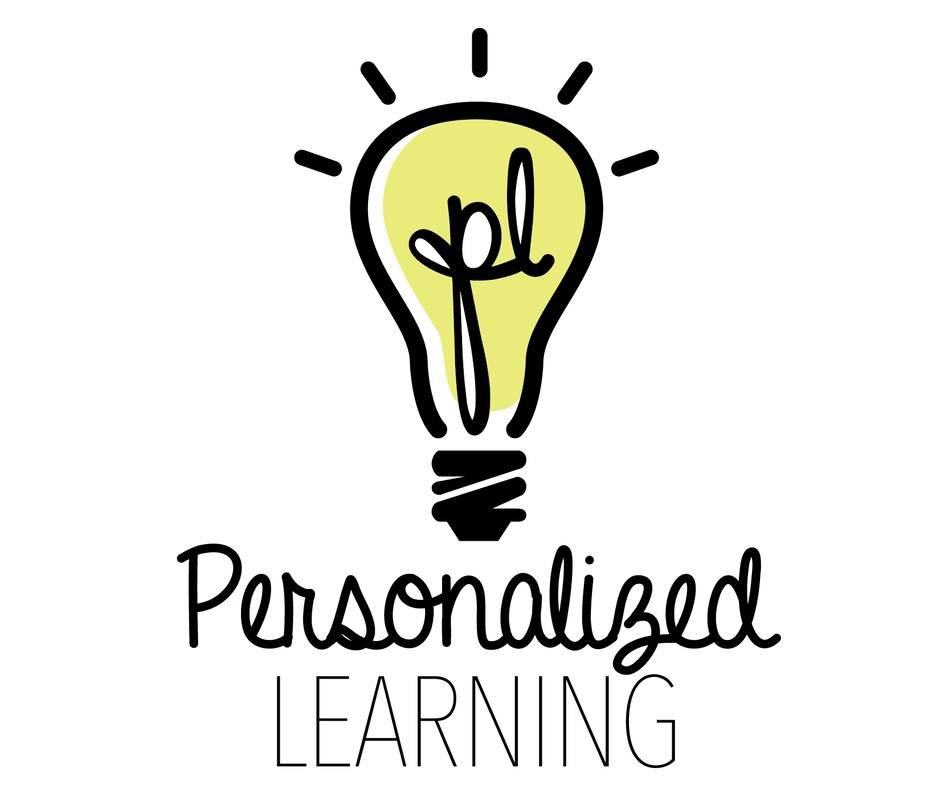Look-fors by indicator to be used during a campus visit
Not PL Ready/ PL Ready |
Consistent Practice / Personalized |
|
Teacher Mindset |
|
|
Student Voice |
|
|
Failure |
|
|
Contribution to Culture |
|
|
Communication |
|
|

